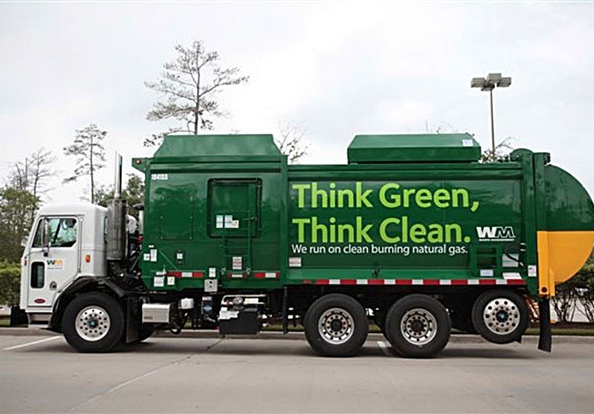This blog post was written as part of the SciFund Challenge Outreach Training Class.
Transport is a major contributor to the causes of global warming. In fact, 28% of Canada’s greenhouse gas emissions are from transport. This contribution to global warming keeps rising as our use of cars, trucks and other vehicles continues to increase. While the more environmentally conscious among us may try to walk, cycle, car pool or take the bus as often as we can, driving remains an unavoidable part of life for most Canadians.
After learning about gasoline’s harmful effects on the environment, many people will feel a creeping sense of guilt when using their car or products that have been trucked from other provinces. They decide it’s time to do something about this; it’s time to stop relying on gasoline and change. From now on they will use . . . well, that’s just it, what will they use?
The environmental consequences of using gasoline are well publicized, but there seem to be few alternatives. Hydrogen and electricity powered vehicles are problematic and don’t provide the performance of gasoline engines. It’s not reasonable to expect people to take public transport everywhere, and freight certainly can’t be transported across Canada by bike.
A solution to this problem may be natural gas, the very same natural gas that is piped into millions of homes worldwide for cooking and heating. Natural gas is one of the cleanest transport fuels available. In fact the world’s cleanest internal combustion car is a natural gas vehicle, the Honda Civic GX. If this car was taken on a road trip from the West Coast of the United States to the East Coast, it would emit less non-methane hydrocarbons than one teaspoon of spilt gasoline.
The more observant reader may question the words “non-methane hydrocarbons” in the above astounding fact. Methane, the gas famous for being produced in cow farts, is a simple molecule; one carbon atom surrounded by four hydrogen atoms. But, don’t let its simplicity fool you; it is methane that gives natural gas powered vehicles their biggest problem. At 23 times more powerful a greenhouse gas compared to carbon dioxide, methane is astonishingly damaging.
Natural gas is made up of 70-90% methane. When natural gas is used in a vehicle it is burned up in the engine, however if this burning is incomplete and even a tiny amount of methane is released into the atmosphere in the vehicle exhaust emissions it is very damaging to the environment. To combat this problem, researchers at the University of British Columbia are working with Vancouver company Westport to develop new materials to break down any unburned methane before it leaves the vehicle. These materials would work in similar ways to catalytic converters currently in gasoline powered vehicles, and could make one of the most environmentally friendly vehicle fuels even better.
Currently, there are 15 million natural gas powered vehicles worldwide and this number continues to increase. Recently, transportation operators in British Columbia have been awarded approximately $6 million in incentives to purchase natural gas fuelled vehicles for their fleets. It is vital to continue working to make these vehicles even more environmentally friendly- as Vancouver’s natural gas powered garbage trucks say, “Think Green, Think Clean”.


